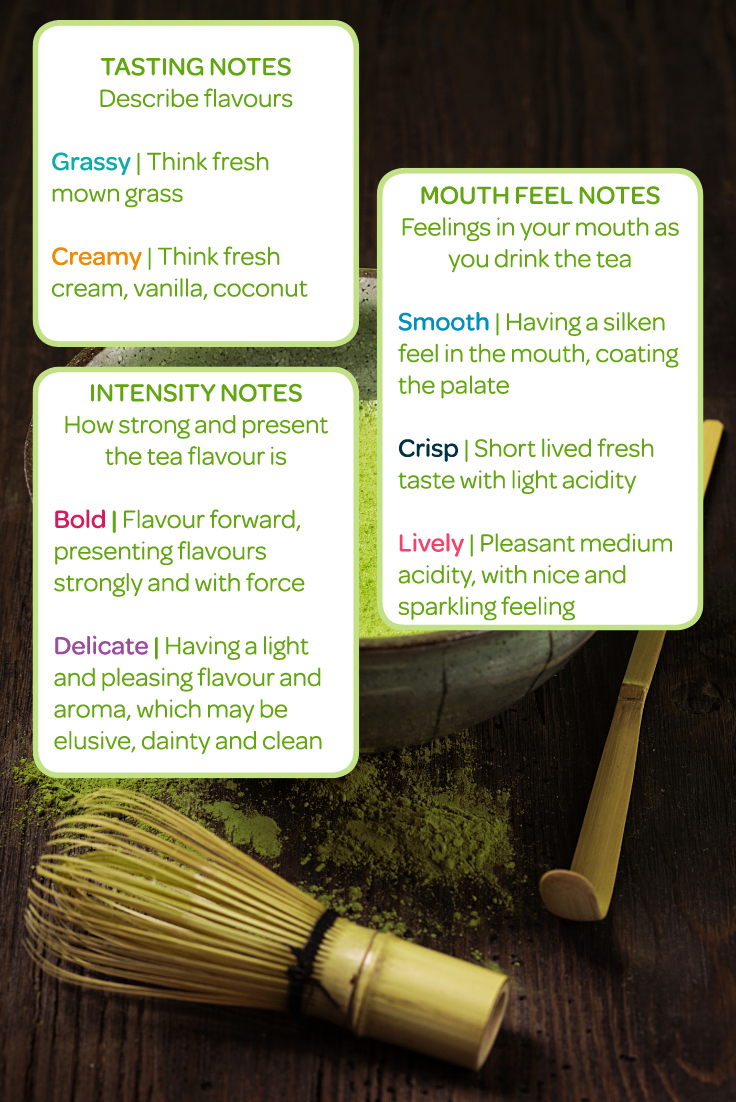These days, everyone seems to be talking about matcha. From baked goods to beauty products, this magnificent Japanese green tea is turning up just about everywhere. But what makes it so special? Rich in flavour, energizing and incredibly good for you, it’s hard finding a reason not to love it!
Where does matcha come from?
Our straight matchas are sourced from the Nishio region of Japan’s Aichi prefecture, an area renowned for years as one of the world’s best green tea producers. With its fertile soils and abundance of fresh water, Nishio is the ideal place to grow matcha. And the proof is in the pudding. Today, the region is responsible for over 60% of all Japanese matcha production.
How is matcha made?
Matcha is made unlike any other tea. Before being harvested, the Camellia Sinensis plants used to produce matcha are covered from the sun and left to grow in the shade for between 2-4 weeks. This process boosts the amount of chlorophyll in the leaf, which gives the tea its brilliant green colour. Once the leaves are plucked, steamed and dried, the stems and veins are removed, leaving nothing but the meat. This “meat,” known as tencha, is then ground into a fine powder, and the process is complete. But trust us, it’s not as easy as it sounds. Just grinding tencha into matcha powder is so labour-intensive, that it takes up to 7 hours to make 100 g/4 oz of tea!
What does matcha look like?
Identifying matcha is incredibly easy. If you come across a bright-green, powdered tea, chances are that it’s matcha. The tricky part is determining the grade of the tea by its appearance.
As a powder, higher quality matchas are generally a brighter and more vibrant green. When whisked, each successive grade of matcha will appear richer and frothier. However, the best way to test the grade of your matcha is with a smear test. To do this, place a bit of matcha on a white piece of paper. Then, using your finger, smear the tea down the page. The higher the quality, the longer the smear will be! Below are three of our matchas to give you an idea of what this looks like:
As you can see, our highest grade is Ceremonial Matcha. However, high grade doesn’t mean it’s better for everyone. Despite having a shorter smear, Matcha Matsu is perfect for tea drinkers who love grassier green teas. Its stronger flavour also makes it perfect for baking and smoothies!
How does matcha taste?
Depending on its grade, matcha can range in taste from grassy to sweet to creamy, with textures that are smooth or even crisp. This table will help highlight the different flavour characteristics.

Got a question about matcha? We’d be happy to answer it for you! All you’ve got to do is write it in the comments.





